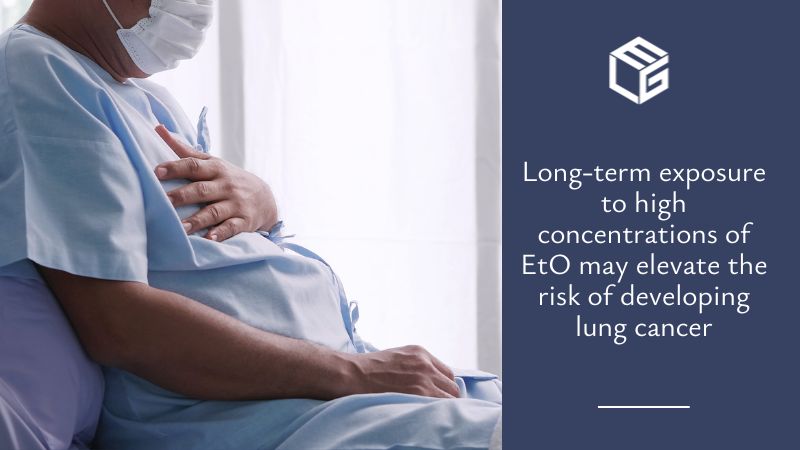Studies found strong links between prolonged EtO exposure and lung cancer
A peer-reviewed paper suggests the likely connection between EtO exposure and lung cancer, as well as other kinds of cancer. Aside from this, other studies have revealed how EtO exposure can lead to the development of tumors in the lungs.
Both the IARC and the EPA have confirmed that ethylene oxide is a Group 1 carcinogen, meaning that EtO is carcinogenic to humans, and while there are current efforts made to control EtO emissions, the new regulations may have arrived too late for some individuals.
People with the greatest risk of EtO exposure include workers at EtO facilities and residents near facilities that release EtO. Long-term exposure to high concentrations of EtO may elevate the risk of developing lung cancer. The following are the common symptoms of lung cancer:
- Persistent cough
- Chest pain
- Shortness of breath
- Wheezing
- Loss of appetite and weight
- Fatigue or tiredness
- Swelling in the neck, face, or arms
- Hoarseness
Today, many victims are coming forward and filing their claims for EtO-related lung cancer. If you are a non-smoker and your lung cancer diagnosis is linked to either occupational or residential exposure to ethylene oxide, you might qualify to file a claim. On the other hand, relatives of a non-smoker victim who passed away as a result of EtO-related lung cancer may be eligible for financial compensation.
